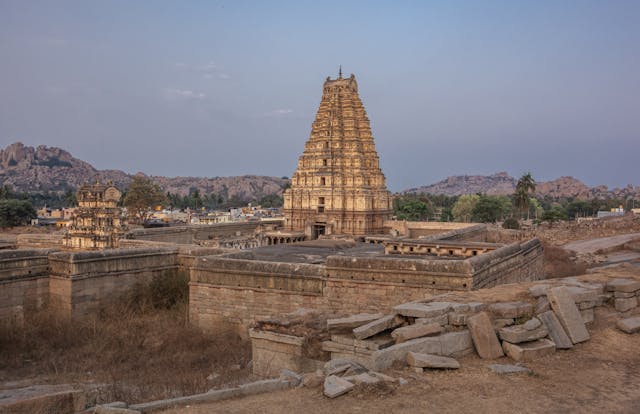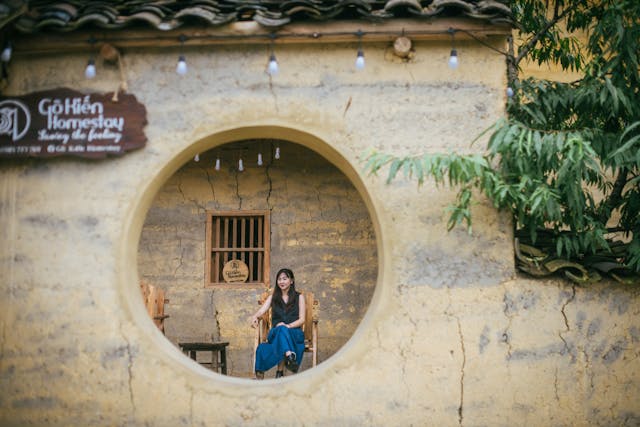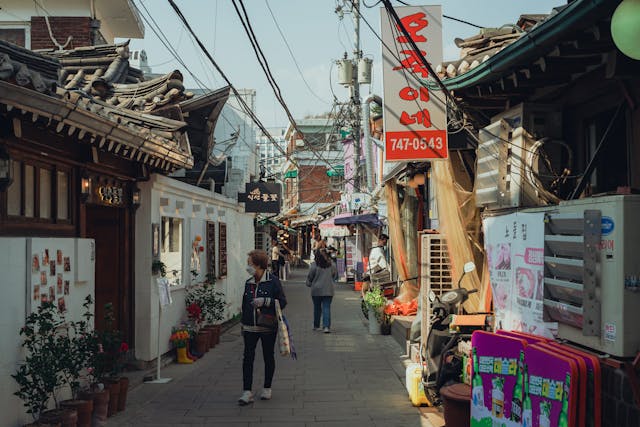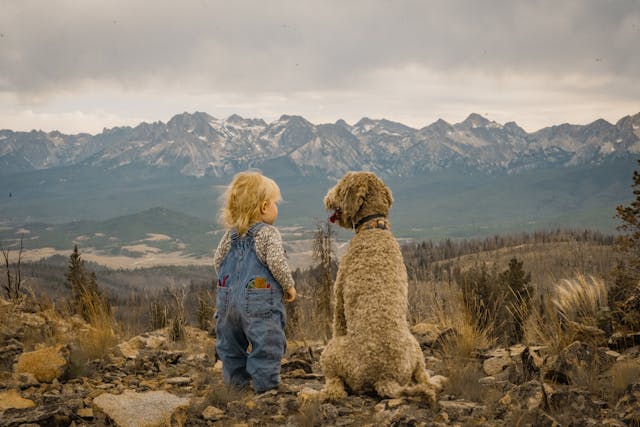India is a land full of stories— some loud and famous, others quiet and waiting to be noticed. While most travelers rush to places like the Taj Mahal, Goa, or Jaipur, there are countless hidden gems across the country that often go unnoticed. These places aren’t just “pretty spots” for your Instagram feed. They are living, breathing corners of history, culture, nature, and tradition. And they deserve more than a quick photo and a filter.
If you’re a traveler with a deeper intention—to explore, to learn, to connect—then this one’s for you. Here are some hidden gems in India that deserve your presence, your time, and most importantly, your respect.

1. Majuli, Assam – The River Island With a Soul
Majuli is the world’s largest river island, nestled in the Brahmaputra River. It’s not just scenic but spiritual too. This island is home to peaceful monasteries called satras, where monks live, pray, and keep age-old art forms alive. Life here moves slowly. Locals farm, fish, and create beautiful masks and handlooms.
Tourism is slowly growing, but visitors must be careful not to treat it like a backdrop for reels. Majuli is fragile. Floods have been eating away at its land. If you visit, support local artists, stay in homestays, and learn from the people. Don’t just click. Connect.
2. Hampi, Karnataka – More Than Ruins
At first glance, Hampi looks like a pile of rocks and temples. But spend a day or two, and you’ll feel the magic. This UNESCO World Heritage Site was once a rich kingdom. Now, it’s an open-air museum where every stone whispers stories.
Sadly, many tourists climb on the ruins for photos or scribble their names on temple walls. That’s not travel—that’s harm. Hampi deserves silent walks, respectful eyes, and conversations with locals who still believe in the spirit of the land.
3. Ziro Valley, Arunachal Pradesh – Music, Mountains, and Meaning
Ziro is not just a pretty valley. It’s home to the Apatani tribe, known for their sustainable way of life. The community uses traditional farming techniques that are good for the land. They also have a strong sense of community living.
Once a year, Ziro becomes alive with the sound of music during the Ziro Festival. If you go, respect the vibe. Don’t litter. Don’t turn it into a party ground. And if you’re lucky enough to be invited into someone’s home, treat it with the same care you’d want for your own.
4. Mawlynnong, Meghalaya – Asia’s Cleanest Village
Yes, it’s famous now for being “the cleanest village.” But behind the tag is a community that worked hard to stay clean and green long before tourists started coming.
Instead of just taking selfies with dustbins or the bamboo skywalk, talk to the locals. Ask how they manage waste, how every family pitches in, and how they teach children to respect nature. Take those lessons home.
5. Bhujodi, Gujarat – A Village of Artists
Bhujodi is a small village near Bhuj, full of weavers and craftsmen. What they create is stunning—handwoven shawls, dyed fabrics, and embroidered art that carries generations of skill.
Instead of just posing with a finished shawl, take time to understand the craft. Sit with the weavers. Watch them work. Buy directly from them rather than big stores. This is how you help keep traditions alive.
6. Araku Valley, Andhra Pradesh – Coffee, Culture, and Calm
Tucked in the Eastern Ghats, Araku is known for its tribal communities, organic coffee, and rolling green hills. The calm here is something you don’t find in cities. It’s not just a quiet place—it’s a space with deep roots.
If you go, try the local coffee. Visit the tribal museum. Walk gently through their forests. These communities are opening their homes to travelers—let’s not misuse their trust.
Final Thoughts: Travel With Heart, Not Just a Lens
It’s okay to take photos. It’s natural to want to capture beauty. But let’s not forget that these places are not sets or backdrops—they are real. People live there. History lives there. And the more we treat these spots with care, the longer they’ll survive for others to experience.
So, the next time you’re standing in front of a peaceful river, an ancient wall, or a hardworking weaver—pause. Breathe. Learn. Let that moment stay with you, even if your phone stays in your pocket.
Because the most powerful memories are made not by clicking, but by truly seeing.





